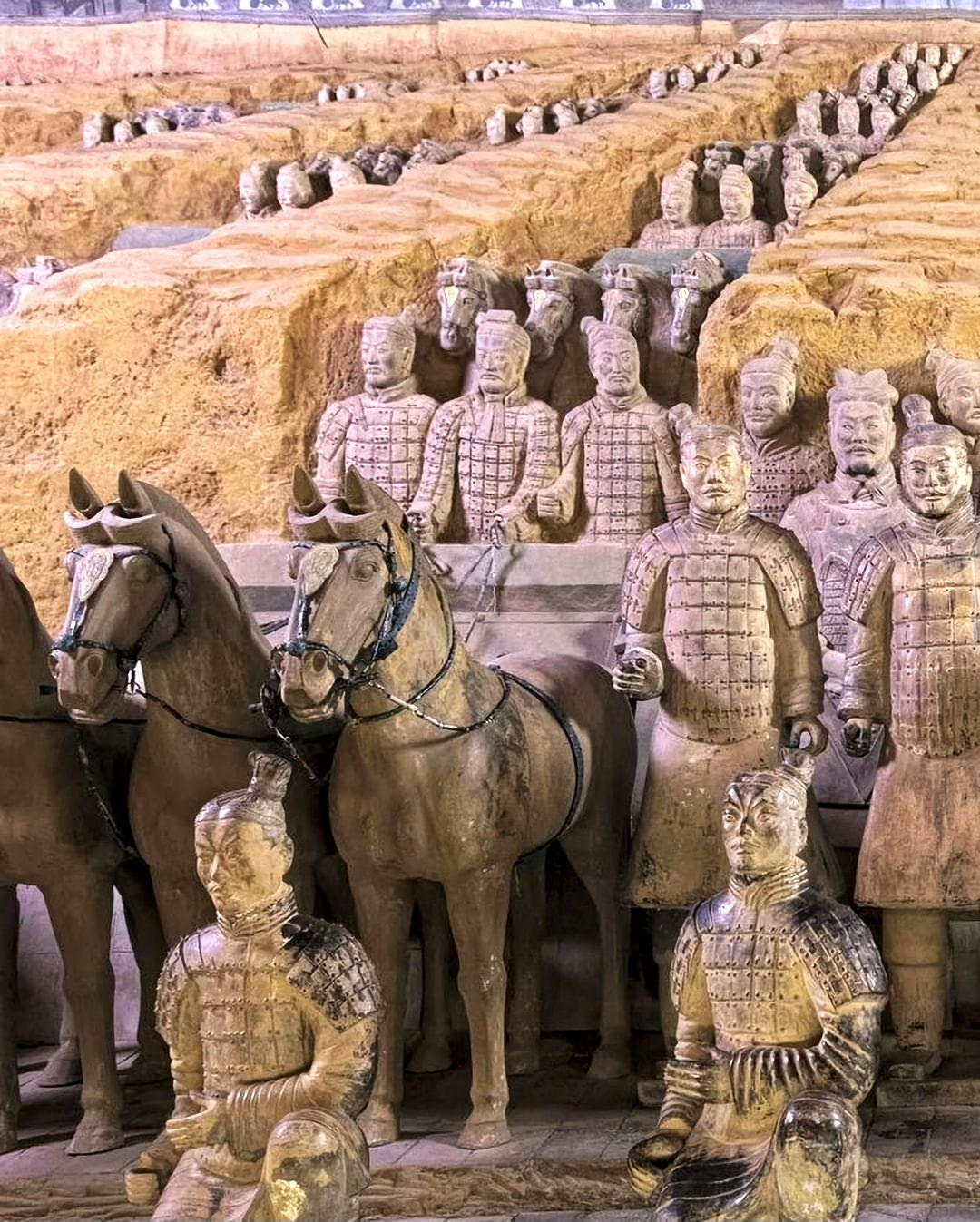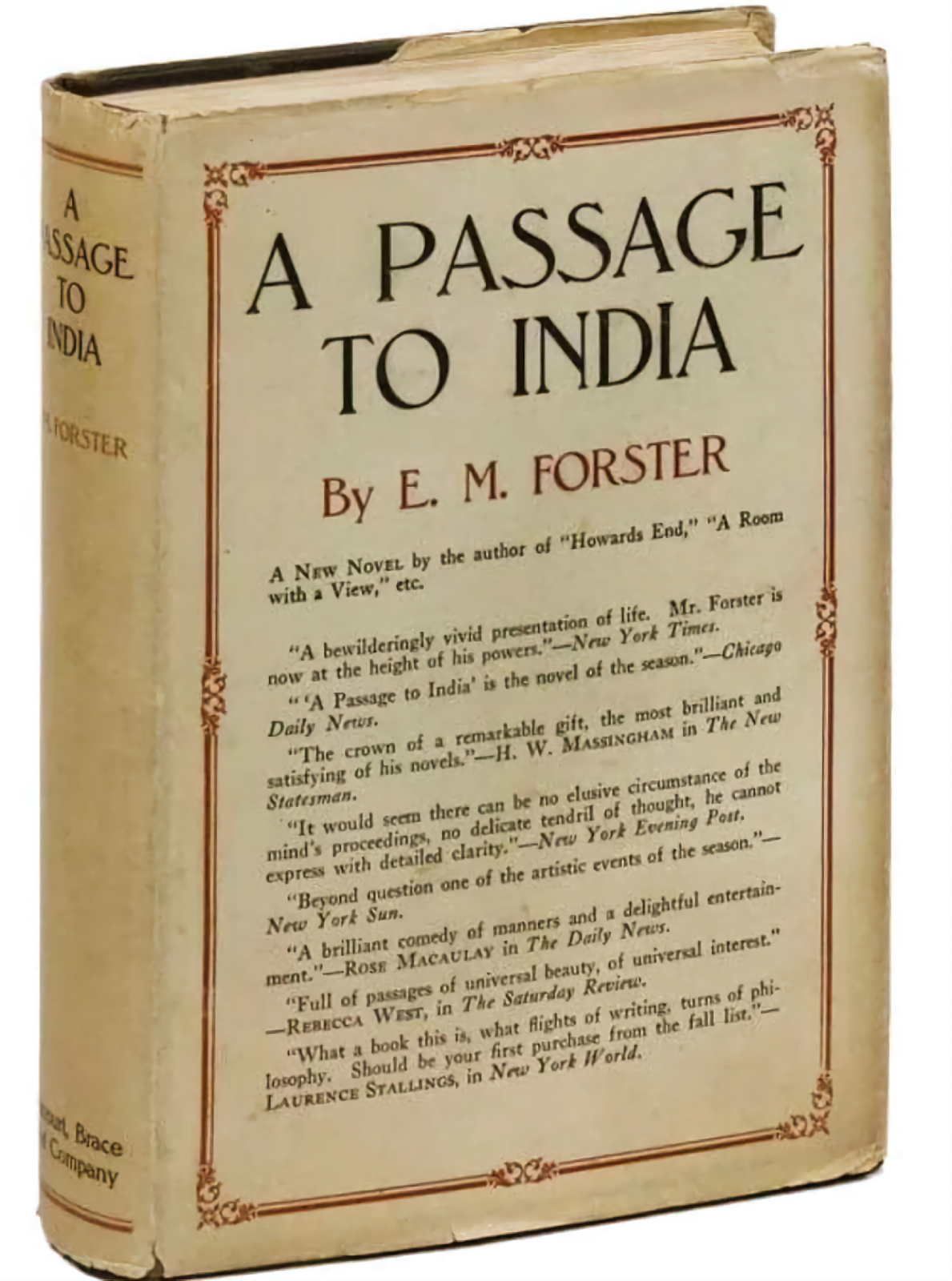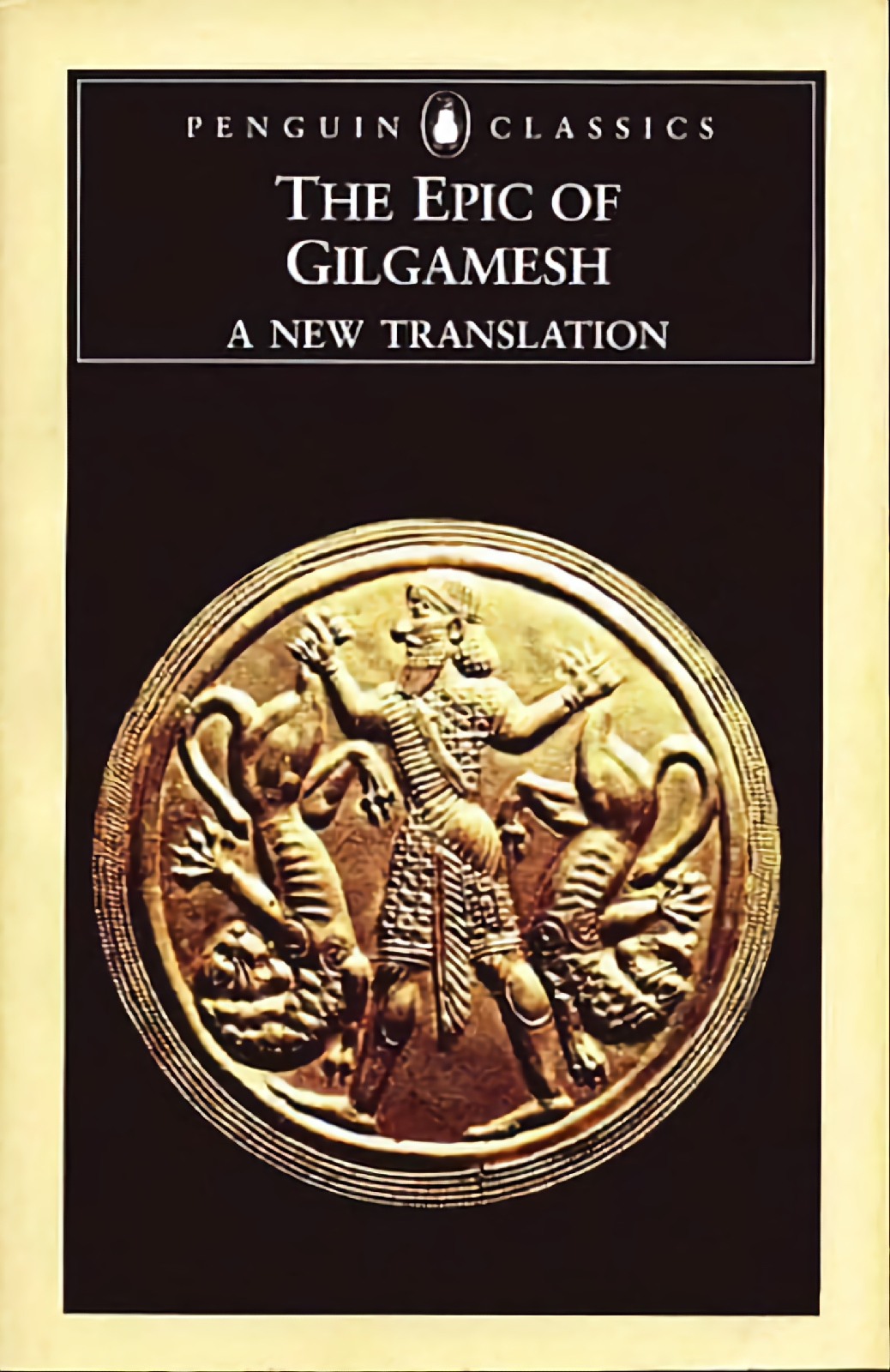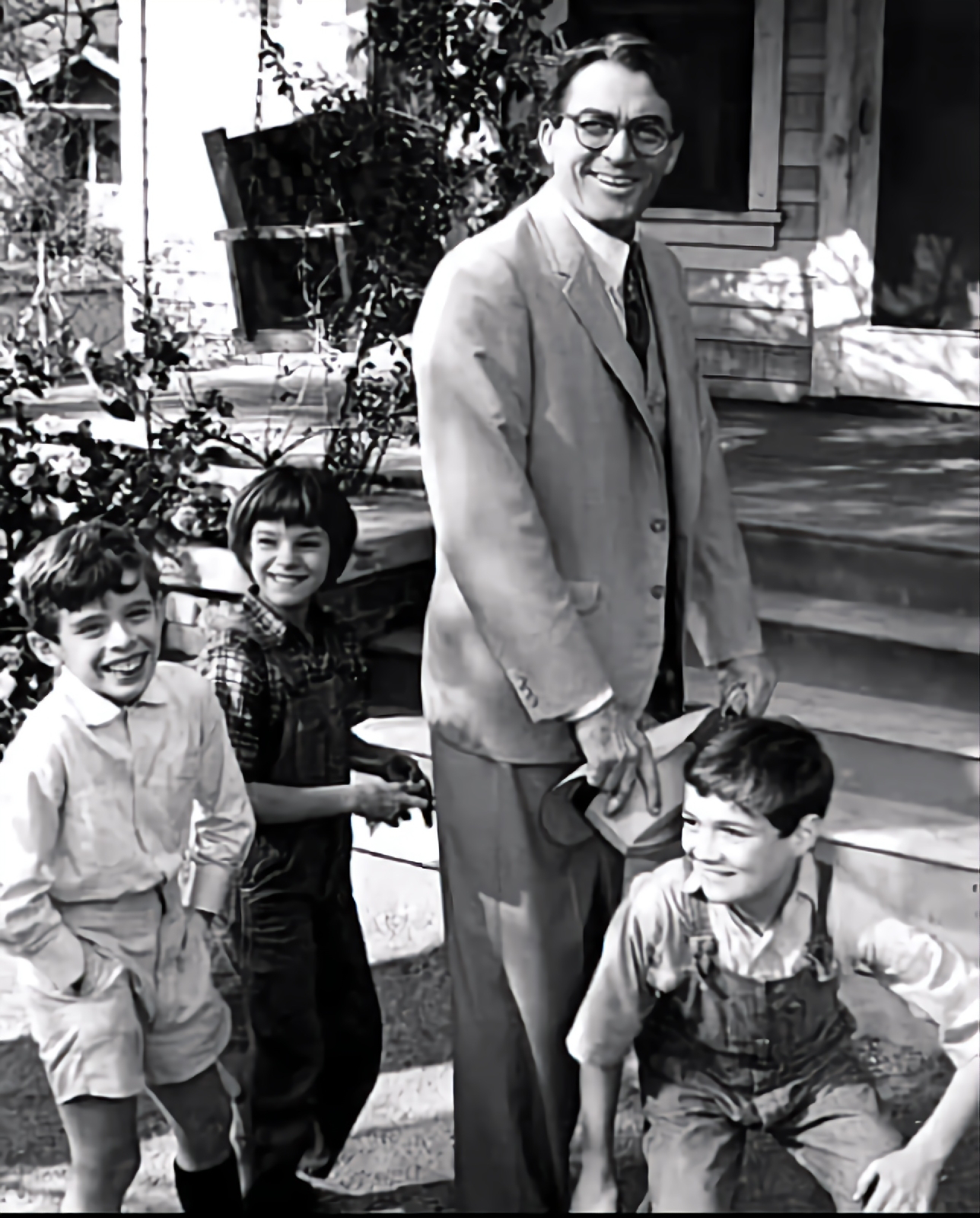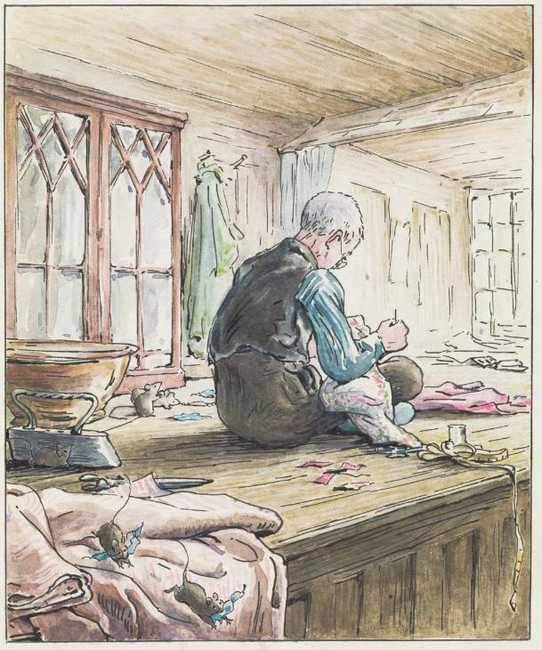"Everybody has a secret world inside of them. All of the people in the world, no matter how dull and boring they seem on the outside, harbor within them a universe of unimaginable, magnificent, wonderful, stupid, amazing worlds. This concept, poignantly captured by Neil Gaiman in 'The Sandman, Vol. 5: A Game of You,' opens a window into the profound depths of human imagination and the complexity of our inner lives. The idea that each person carries not just one, but hundreds, perhaps thousands of worlds within them, is deeply moving. It challenges us to look beyond the surface, beyond the mundane routines and the facades we all put up. It urges us to recognize that within every person we meet lies an intricate labyrinth of thoughts, dreams, fears, and fantasies. These internal worlds are shaped by our experiences, our hopes, and our disappointments. They are peopled with the characters we have met, the places we have seen, and the myriad versions of ourselves t...









